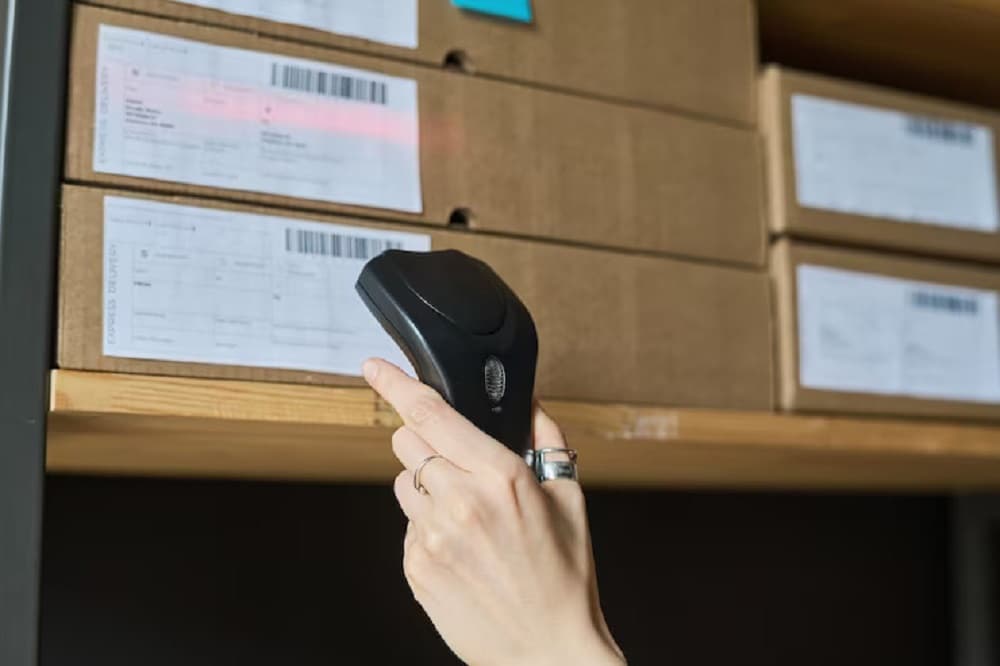
How Do Barcodes Help With Inventory?
Barcodes are a visual representation of data that can be read by machines. They are made up of a series of parallel black and white lines of varying widths. The width of each line represents a different number or character. Barcodes are used in a variety of industries, including retail, manufacturing, and healthcare. They are […]
Read More
Simple Inventory Software for Small Businesses: Save Time and Money
Inventory software is a software system that helps businesses track and manage their inventory. It can be used to track the quantity and location of inventory items, as well as their purchase and sale history. Inventory software can also be used to generate reports on inventory levels, sales, and other metrics. Inventory distortions, such as […]
Read More
Inventory Receiving: How to Accept and Process Incoming Inventory Shipments.
Inventory receiving is the process of accepting and processing incoming shipments of goods. It is an essential part of inventory management, ensuring that stock levels are accurate and up-to-date. The process involves recording information about the items received, such as the quantity, type, cost, and other relevant details. Inventory receiving typically involves the following steps: […]
Read More
Inventory Put Away: How to Store Inventory in a Way That Is Efficient and Accessible
Inventory put away is the process of storing incoming inventory in a warehouse or other storage facility. It involves receiving and inspecting incoming goods, sorting and classifying them, and placing them in designated storage locations. Inventory put away is an important part of the inventory management process, as it helps to ensure that inventory is […]
Read More
Inventory Insurance 101: What It Is, Why You Need It, and How to Get It
Inventory insurance is a type of insurance that protects businesses against financial losses caused by the loss or damage of inventory. Inventory can include raw materials, finished goods, and work in progress. Inventory insurance can cover a variety of perils, including fire, theft, vandalism, water damage, and weather damage. Inventory insurance is important because inventory […]
Read More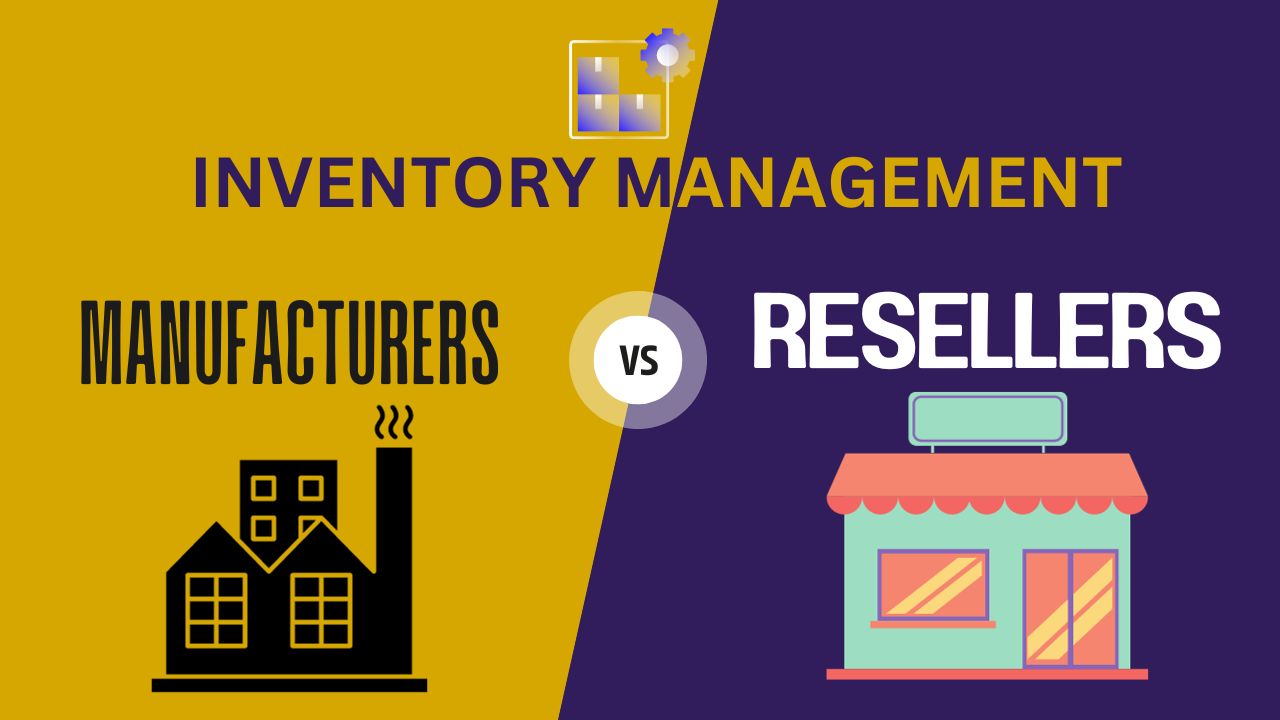
Inventory Management for Manufacturers vs. Resellers
Inventory management is a critical aspect of business, regardless of size or industry. However, the approach to inventory management can vary significantly depending on the nature of the business. This blog post will explore the unique landscape of inventory management for manufacturing businesses and resellers. Manufacturers are responsible for transforming raw materials into finished products. […]
Read More
5 Inventory Management Strategies for Food and Beverage Businesses
The food and beverage industry is a fast-paced and competitive one. Businesses in this industry need to be able to quickly adapt to changing customer demands and market conditions. Effective inventory management is essential for food and beverage businesses to maintain optimal stock levels, minimize costs, and meet customer demands. The food and beverage industry […]
Read More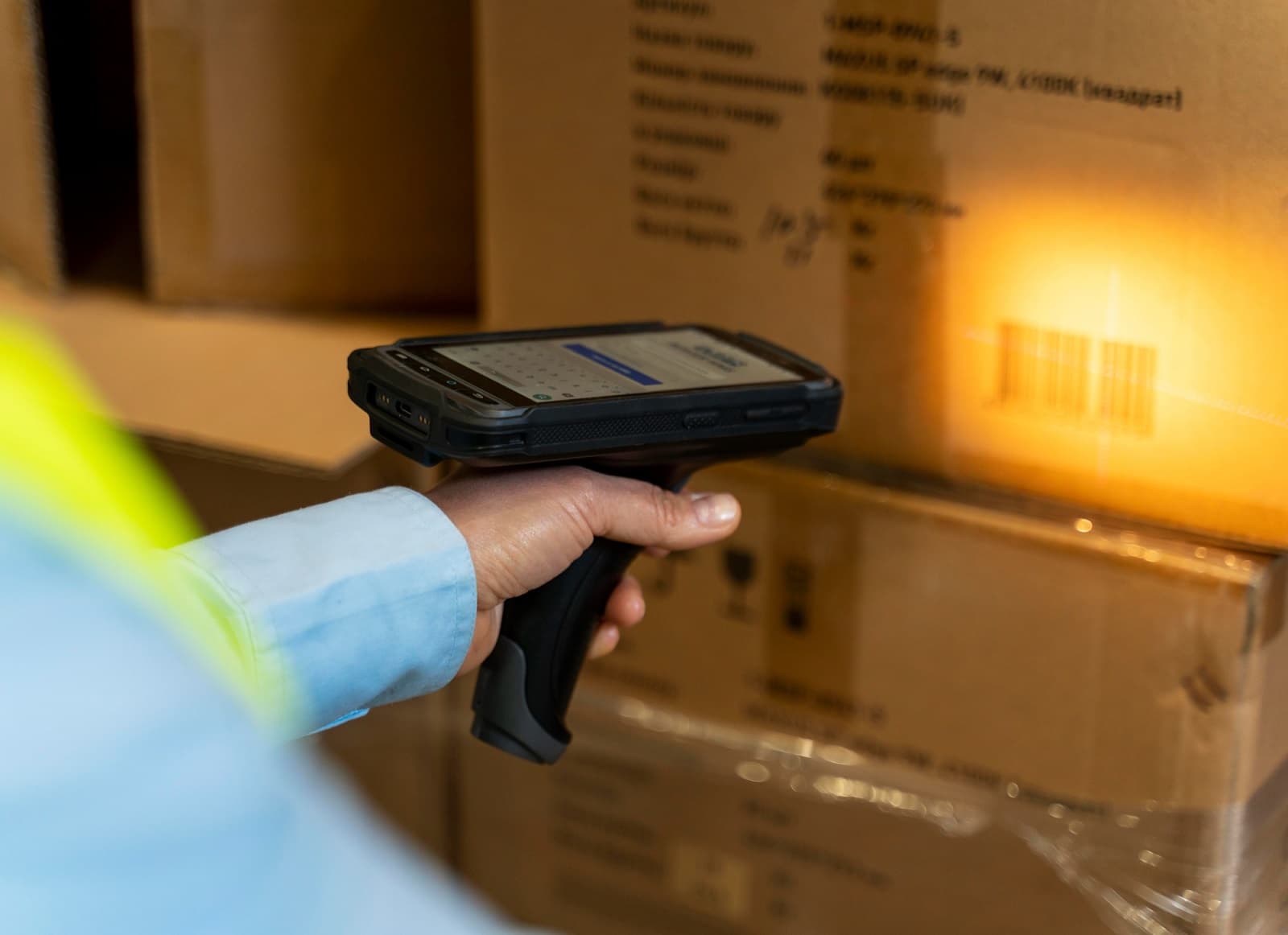
How Does Barcode Inventory System Work
A barcode inventory system is a method of tracking inventory using barcodes. Barcodes are unique identifiers that are printed on labels and placed on products. They can be scanned with a barcode scanner to quickly and accurately identify and track items. Barcode inventory systems typically consist of three components: Barcode inventory systems can be used […]
Read More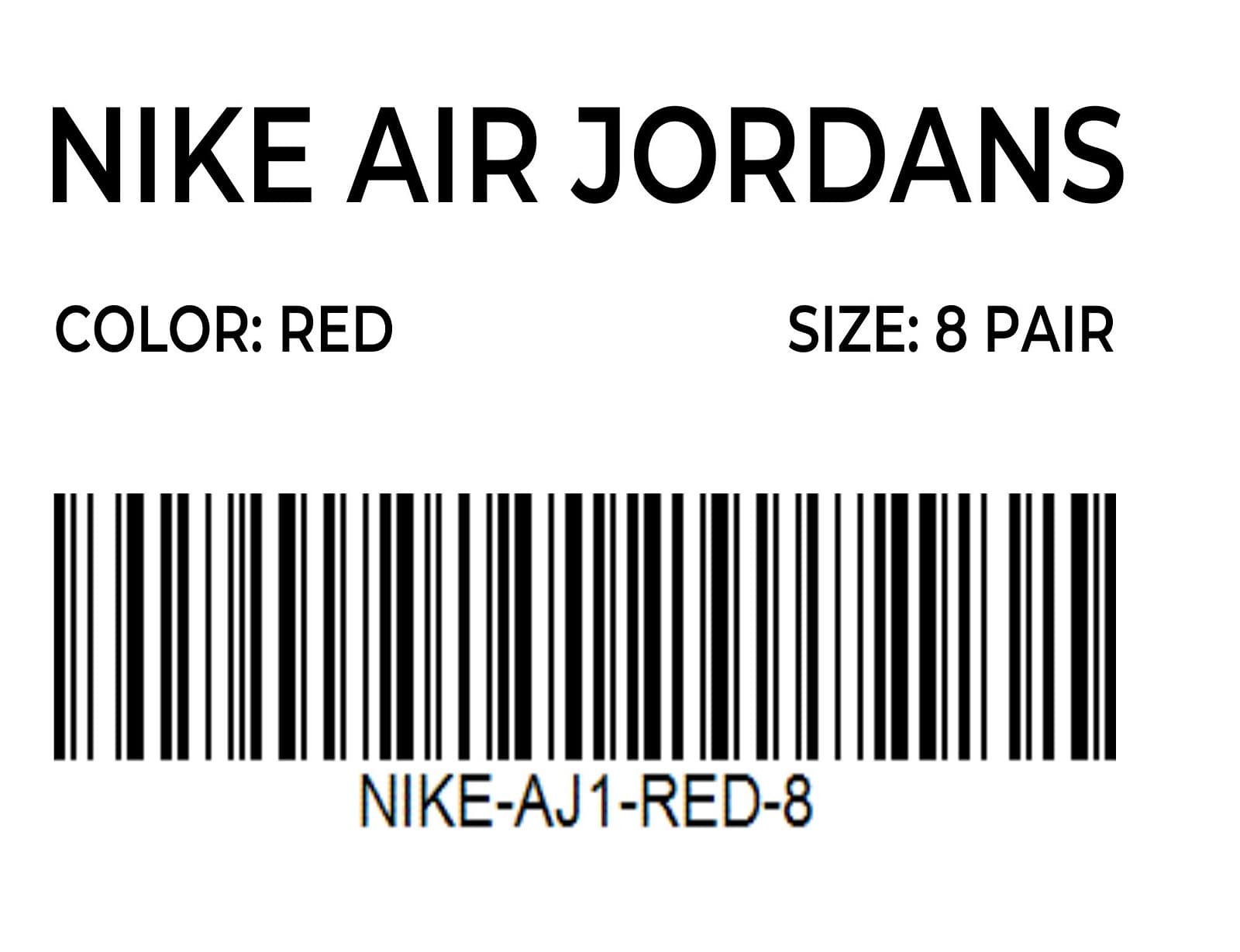
How to Create a Stock Keeping Unit (SKU)
A stock keeping unit (SKU) is a unique code that businesses use to identify and track products. SKUs are typically assigned by retailers or manufacturers, and they are often associated with a product’s barcode. SKUs can be used to track any type of product, including physical goods, digital products, and services. They are especially useful […]
Read More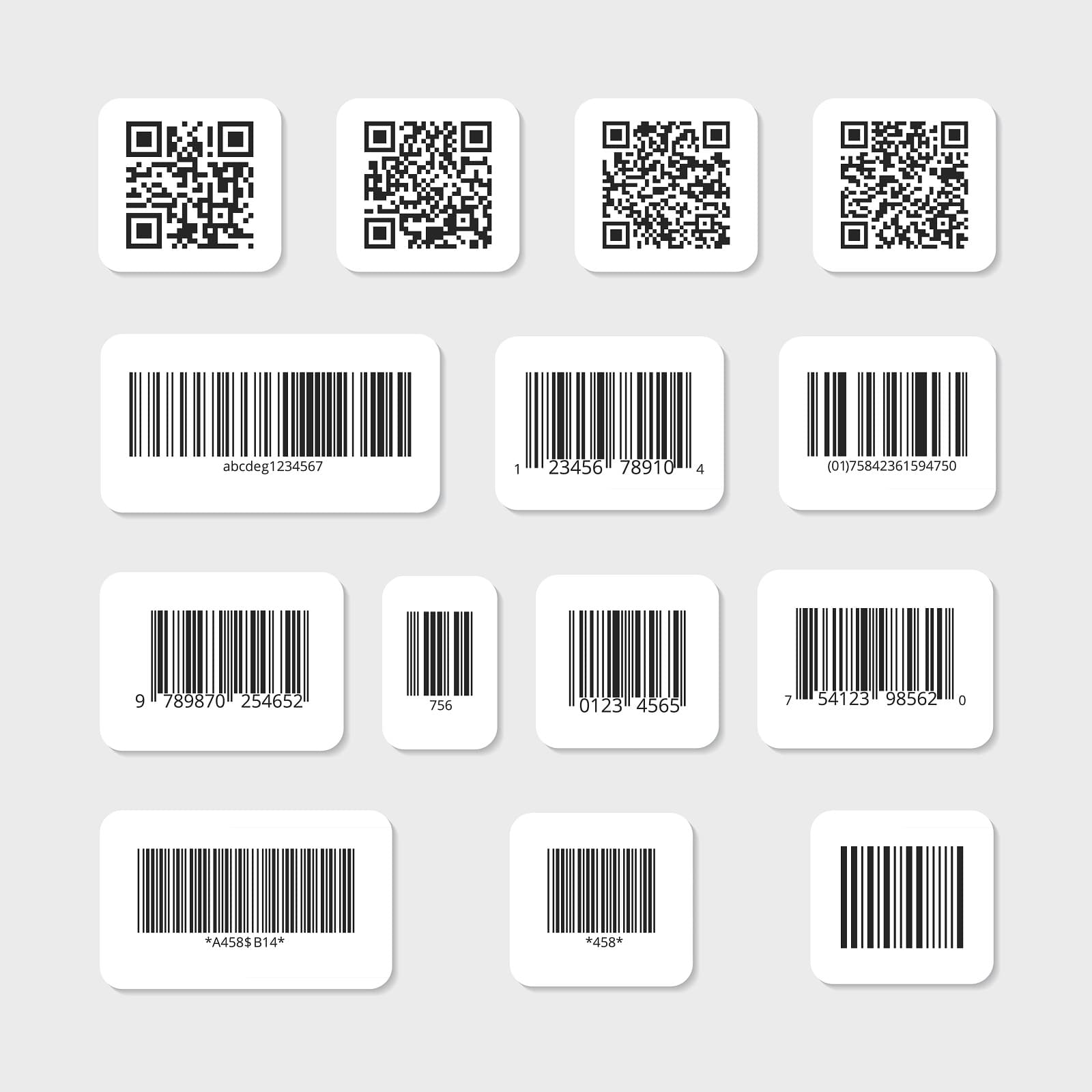
QR Codes vs Barcodes for Inventory Management: Which One is Right for You?
QR codes and barcodes are both machine-readable optical labels that can be used to store and transmit information. However, they differ in a number of ways, including their appearance, capacity, and scannability. QR codes (short for Quick Response codes) are two-dimensional barcodes that can be scanned from any angle. They are typically square or rectangular […]
Read More